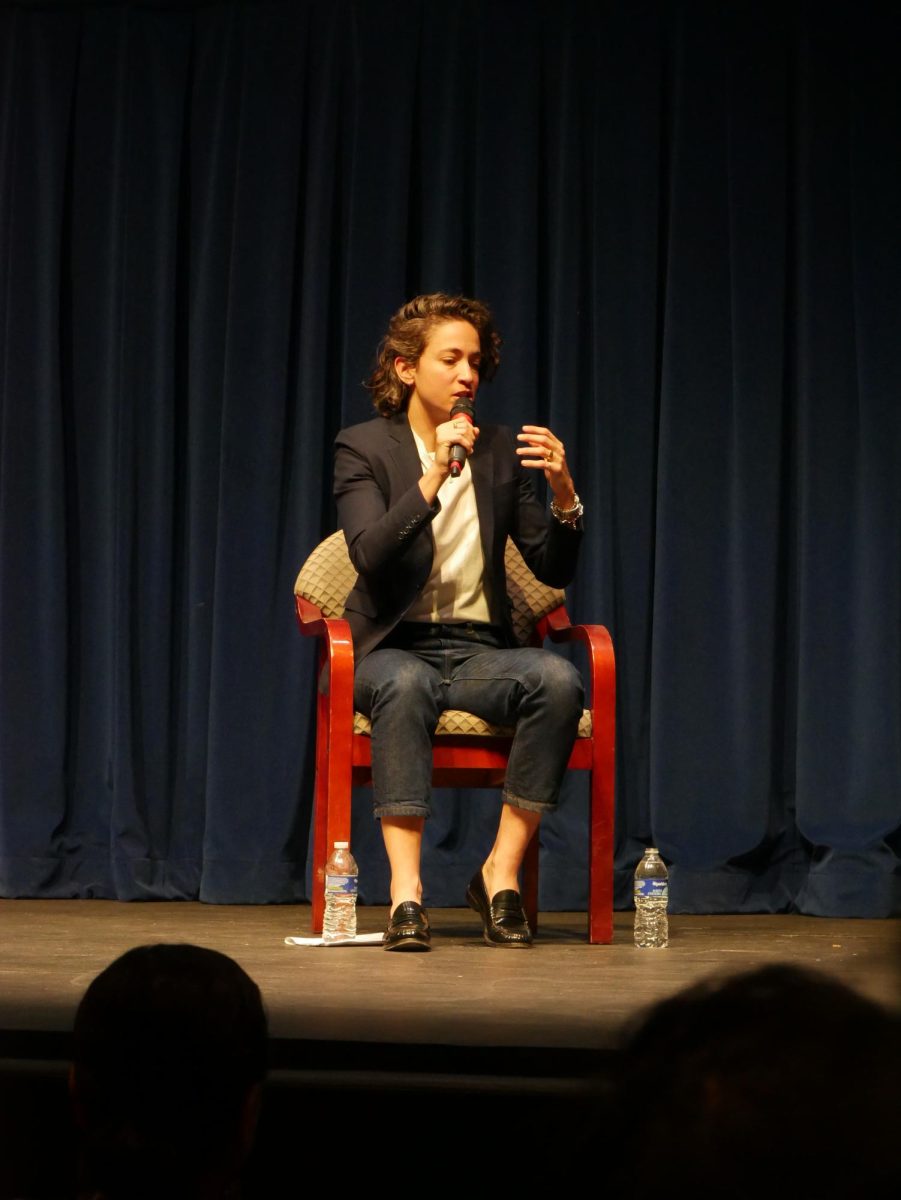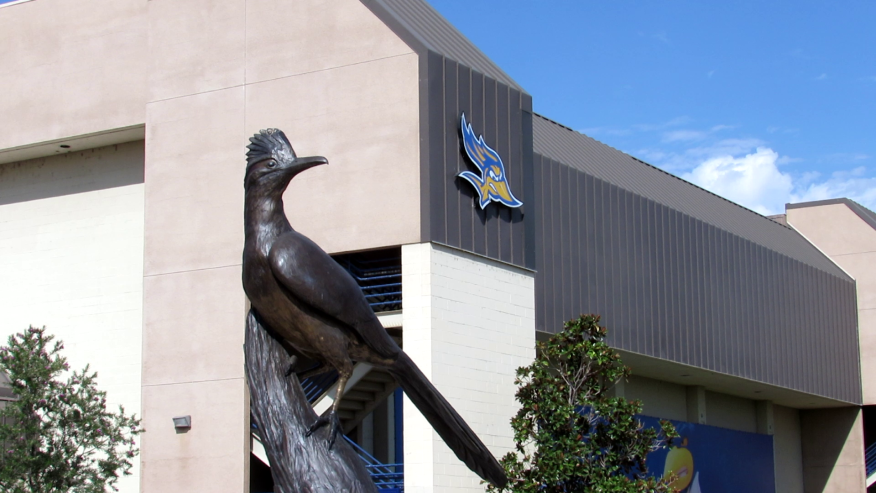By Michelle Bean
Staff Writer
Over the four years required to complete a degree most students will spend around $6,000 on textbooks alone.
“I was very surprised that I had to set aside $500 for books each quarter,” said sophomore Rommel Gotico regarding his experience in buying textbooks.
Gotico’s sentiment is a practically universal plight across not only this campus but also thousands of schools worldwide. We know textbooks are too expensive; the question is why?
I set out to discover the source of the inflated cost of textbooks, and I was shocked by how difficult it was to get answers. No one seemed to want to talk about where the money goes. Calling several customer help lines of various publishers was all but fruitless. I was transferred from extension to extension by confused customer service representatives who seemed totally confused by my simple question: why?
With publishers unwilling or unable to provide answers, I turned to the next step in the textbook process – the Runner Bookstore. I spoke with Eileen Saenz, the bookstore’s Course Materials Manager, who was very eager to talk about the alternatives to traditional textbooks that the store provides. As the Materials Manager, Saenz is always looking for less expensive options, working with publishers and professors to provide options such as selected chapter packages rather than entire books and trying to get more titles available for rental.
“There are ways to save students some money,” Saenz assured me.
Cheaper options are great, but they miss the root of the problem. CSUB junior Chris Jabonillo pointed out, “even renting is expensive.”
While renting saves 50 percent of the cost of buying new books, paying 50 percent for a $200 textbook is still going to set you back $100.
The store also buys back books year round, no matter where you bought the text. However, Jabonillo also mentioned the impossible hoops students have to jump through to sell books back to the bookstore, noting that the store will only buy books that they will sell the following quarter. Often even when the store is selling a particular book, they refuse to buy back the text if they have a sufficient amount of said book already in stock.
Finding options like renting and buyback is not enough; falsely inflated prices themselves need to change.
Books with great information, books that are group written and peer reviewed and books that have hard covers and many hundreds of pages can be found at Barnes and Noble for around $25. But when the title of “textbook” is given, the books undergo a sudden and dramatic rise in price. Where does all that money go?
Saenz confirmed what I was led to expect. “Most of it goes to the publisher,” Saenz said, adding that freight, labor and materials are also a factor. However all of these entities are also present in non-textbooks.
Because there are so many options of textbooks for professors to choose from, and because new editions are published every year, the supply of books is high. Many of these textbooks will only be used in a few classes by a few hundred students; therefore, demand is low. According to the concept of supply and demand, textbook prices should be extremely low, right? Wrong. The fact is publishers know that their readers will be required to buy the book no matter what the price is, so they can safely hike up the prices without losing sales.
Of course, alternatives to buying new printed books are available for students, so a certain amount of profit may be lost due to artificially hiked prices.
E-readers and digital textbooks provide a much more affordable option for classes. For example, every student will have to take Math 140 at some point and will most likely have to buy “Fundamentals of Statistics” by Michael Sullivan. Listed at the Runner Bookstore for $163.50, the e-book version can be found at www.coursesmart.com for $55.99.
E-books therefore seem like a wonderful option. However, according to Saenz, not many CSUB students take advantage of digital texts. This may have something to do with the cost of the e-reader itself. Your basic Nook can cost anywhere from $79.99 to $299.99. Though this is quite a large upfront cost, the long-term savings could make an e-reader a valuable investment.
Another way to reduce cost and avoid rewarding publishers with our business is to buy used books online. Amazon provides various options for buying and is incredibly user friendly. “Fundamentals of Statistics” is listed on Amazon as available to rent for as low as $22.39 or to buy used starting at $19.41. Such an intense reduction in price is remarkable, but even more amazing is the fact that students can buy this apparently hundred-dollar book brand new on Amazon for $49.00 plus shipping and handling. As long as students think ahead enough to ensure they get the proper text in time for class, online really is a great option, despite the downsides of wait time and shipping costs, not to mention the fact that even with reduced online cost textbooks are often unreasonably priced.
With unresponsive, unhelpful publishers selling overproduced required materials, the world of scholarly publishing is a perfect storm for overpricing. If no one will come out and tell us where the money goes, the best students can do is explore the alternatives to buying new texts when they are available to us.











ofer • May 21, 2013 at 8:13 pm
Good review. One issue with e-books – related only to price is that they have no resell value (that is one reason publishers while initially reluctant to go this route are now very eager about this market).
Regarding the book you mentioned “Fundamentals of Statistics” – it was just released as a new 4th edition. Its list price is $142 and can be bough used for $72 or rented for $38:
see prices 9780321838704
The prices for the 3rd edition as a result have gone down to ranges that you mentioned, and for many classes the older edition will do just fine (just make sure to ask your professor):
older edition (9780321641878) prices
-Ofer
The Cheap Textbook
Mark Baker • May 2, 2013 at 4:14 am
Great article! I have long thought textbooks were a scam. I would like to add that in many cases, professors do not need to assign the latest edition of a text. They could help students by accommodating their syllabus to earlier version; research does not move so fast that we need new editions each year. Students should ask their professors whether they could use an earlier edition of a text.